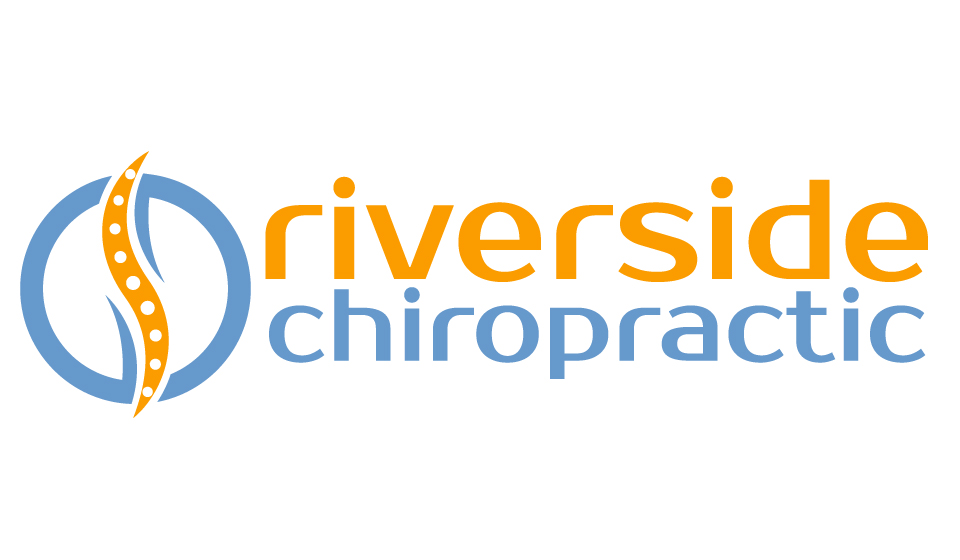Thrills, Spills, Pills 1
/Welcome to part 1 of ‘Thrills, Spills and Pills’. This will include tips covering the 3 different stressors that affect one's health. We will regularly post more tips to help you achieve better health.
Thrills: Mental and Emotional Stress – relationships, work, finances etc
Spills: Physical Stress – Sitting, sports injuries, training, car accidents etc
Pills: Chemical Stress – Diet, alcohol, cigarettes, pollution, supplements, medication etc
Thrill Tip: Can’t sleep because your mind is too active? Try getting out of bed and writing down your thoughts. Spend ten minutes jotting down what you are thinking, how you are feeling and any relevant action steps that you can take over the next few days and weeks. This will help to still the mind and return you to a calmer state. Sleep should come more easily after this. It is important to hand write it out, typing it or just thinking it doesn’t seem to have the same effect.
Spill Tip: When working out at the gym a lot of people isolate individual muscles and train until failure e.g. bicep curls with a dumbbell. This is not a great idea as it can and often does create imbalances with your body. Instead aim for composite movements that incorporate multiple body parts: squats, push ups, pull ups, burpees etc. I know a couple of awesome personal trainers who can help with this if you need some support.
Pill Tip: The standard western diet has a ratio of 26:1 of Omega 6 to Omega 3. This is far from the ideal. Instead the recommended ratio should be something like 3:1 or even 2:1. There are two ways to improve this ratio. The first is to reduce your intake of Omega 6. The best way to do this is reduce your intake of vegetable oils and the processed foods that contain them. The second is to increase your intake of Omega 3 essential fatty acids like EPA and DHA. Eat small wild fish (farmed fish are feed grain and corn which changes their Omega 3 content to Omega 6) and/or supplement with a high quality Omega 3 product. We sell the best available if you’re after it.


